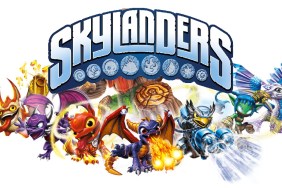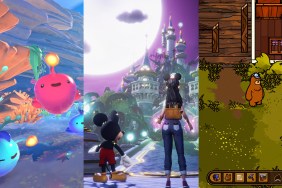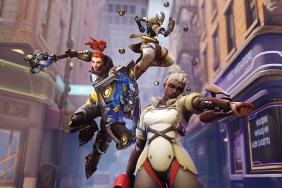Long before its official reveal, Nintendo Switch (and before that, Nintendo NX) was leaked and rumored to be something known as a “hybrid console.” This term, as was eventually learned, refers to a device that can be plugged-in and docked to a livingroom setup in the traditional manner, or brought on the go in a way that normally requires an entirely…

Atlas is an action-rpg with rogue-like elements where you use your ability to control the ground to fight the enemies and move through procedurally generated worlds.










